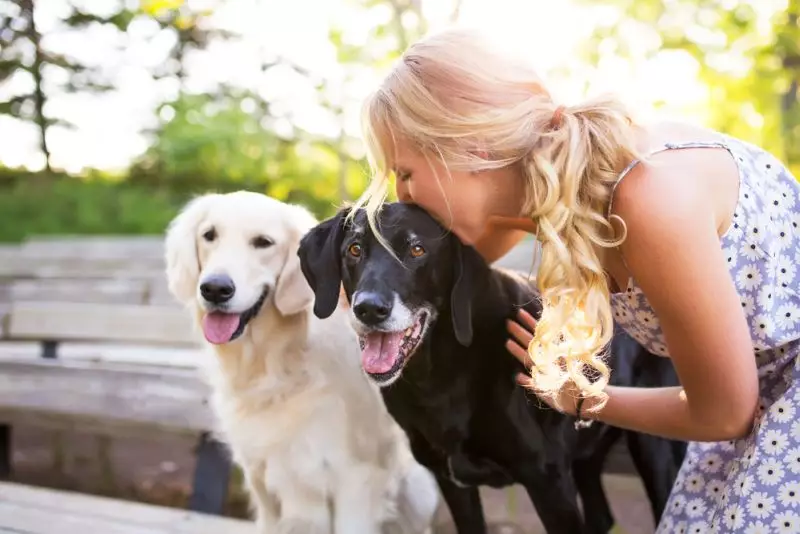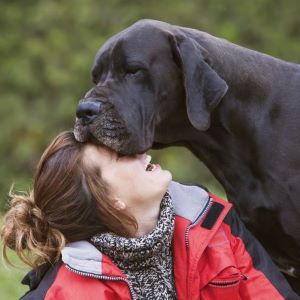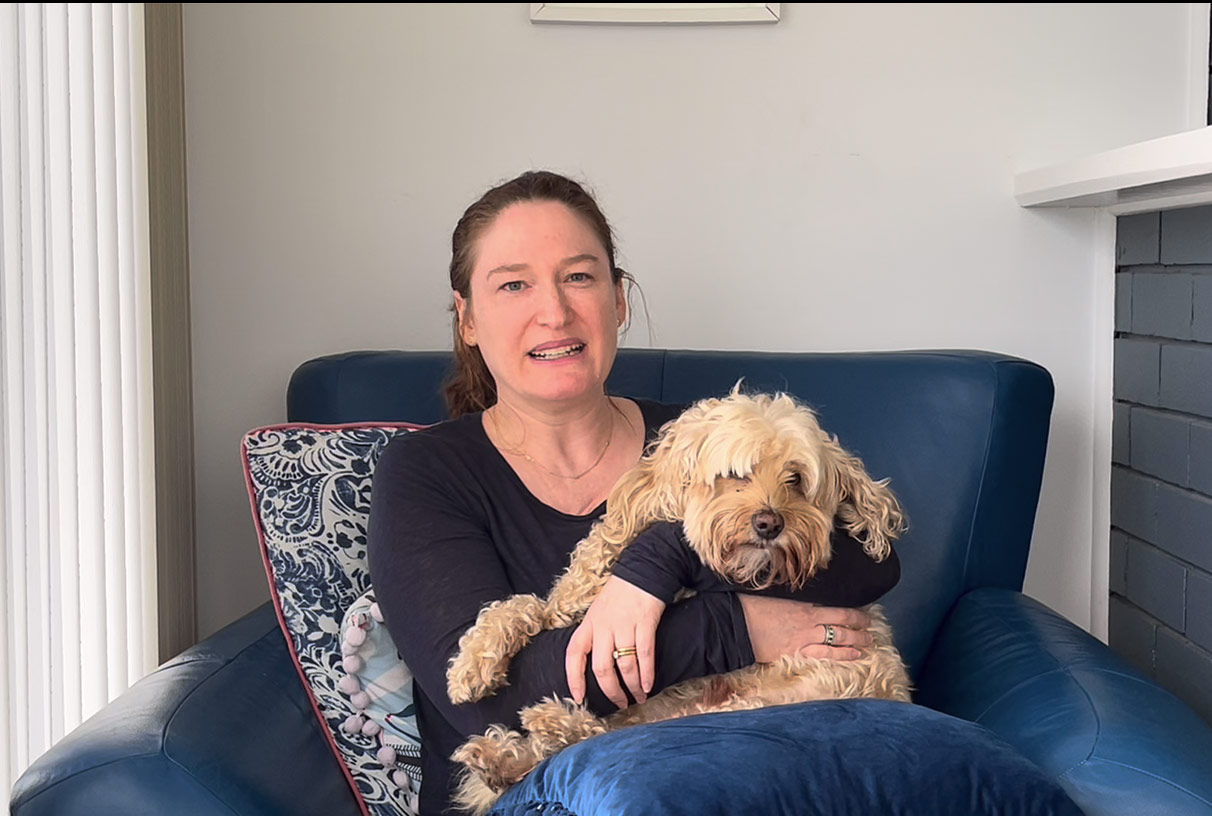How smart is your dog?

Are you constantly amazed by your dog’s apparent genius? Do they seem to understand almost everything you tell them, complete puzzle toys with ease and know when you’re feeling down in the dumps and in need of a cuddle? Well, you’re not alone – many dog owners are convinced they have the canine equivalent of Einstein on their hands.
But just how smart are dogs, really? Because they can’t speak to us, we have to be clever in finding ways to ‘guestimate’ their intelligence.
So, how do you tell if your dog is, in fact, super-smart or merely average? Does it matter either way? After all, do the smartest dogs make the best pets?
How smart is your dog’s breed?
Most dogs are smart, but in different ways. For example, working breeds learn how to perform jobs quickly because of their instincts and natural abilities, while other breeds are motivated by their strong desire to please.
When assessing your dog’s intelligence, the first thing to do is to understand their breed characteristics. Here are a few examples of super-smart breeds and what makes them uniquely intelligent.
- Read our article Top 10 Smartest Dog Breeds
- See our list of the Smartest Dog Breeds
The fastest learners – Border Collies

Dr Stanley Coren is an eminent canine researcher who has written a prominent book on dog intelligence, aptly called “The Intelligence of Dogs”, in which he ranks dog breeds from most to least intelligent, based on surveys and consultations with over 200 dog-obedience judges.
According to Coren’s ranking system, a number of breeds stand out from the others, with his top 5 smartest dog breeds being the Border Collie, Poodle, German Shepherd, Golden Retriever and Dobermann. The most intelligent breeds, according to Coren’s criteria, can pick up new commands in less than five exposures, meaning they are very fast learners, and they have an obedience percentage of about 95%. Coren believes that the only real difference between the smartest dog breeds and the average ones is the time it takes them to “catch on”.
The best problem-solvers – Australian Cattle Dogs
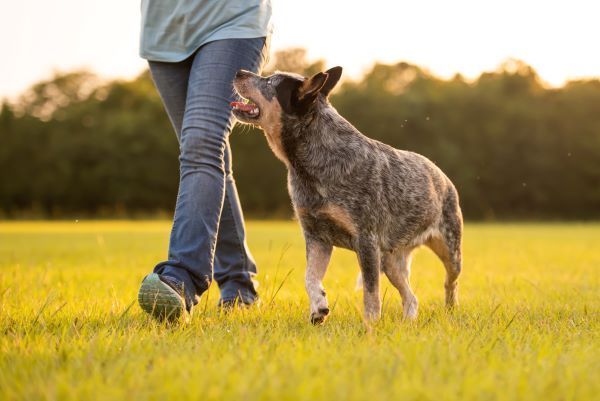
The ability to problem-solve is another sign of intelligence, reflecting social awareness and capability to learn from the environment. Dog breeds that have been used in the police and military and as detection dogs, medical assistance and therapy dogs and even circus performers, excel at solving problems.
Other exceptional problem-solving breeds were developed to perform challenging tasks such as herding cattle. One such breed is the Australian Cattle Dog, who has an uncanny ability to understand commands and learn complex tasks very quickly. They are so intelligent that they will put their equipment back after using it. Sometimes, they even outsmart their handlers.
The most trainable – Labradors

Trainability is an important quality which correlates highly with intelligence. One of the most unique and greatest talents that Labradors possess is the ability to ‘self-train’. This means that Labs can observe, learn and repeat human behaviours. For example, from watching humans, they learn to understand our body language and facial expressions. This is one of the many reasons why Labradors are the breed of choice for Guide Dogs Australia.
What can clever dogs do?
So, you’ve discovered that your dog’s breed is known for its intelligence – or not! The next step is to find out some of the amazing things that clever canines are capable of. We are talking dog smarts here – if you’re expecting them to be able to spell out their name or play a game of chess, you’re aiming too high. You’ve probably heard the following quote:
“Everyone is smart in different ways. But if you judge a fish by its ability to climb a tree, it will live its whole life believing that it is stupid.”
Likewise, it’s important to measure your dog’s intelligence against criteria that are actually possible for dogs to accomplish. Some of these are:
- Understanding more than 150 words, including signals, and over 250 words for super intelligent dogs.
- Counting up to four or five: While you can’t ask your dog to add one plus one and expect them to tap their paw twice, extensive testing has shown that dogs can count up to four or five and understand the idea of addition and subtraction. If a dog sees a bowl with five pieces of kibble and another with two, he’ll likely choose the bowl with more pieces.
- Responding to gestures: Point your finger at a hidden treat and a dog will immediately follow your cue. Human toddlers can do this, but adult chimpanzees cannot.
- Following a person’s gaze: When dogs do not know where to go or what to do, they often look to their owners to see where they are looking or pointing.
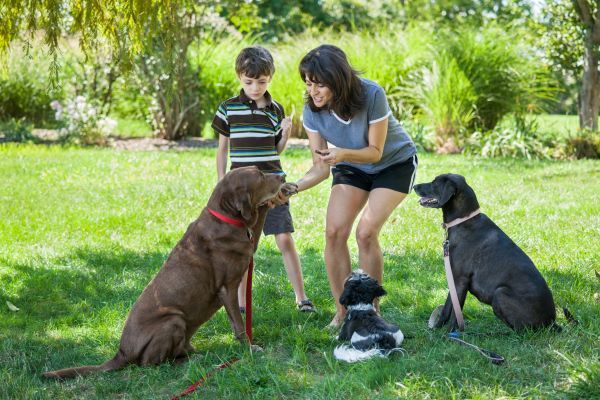
- Initiating a game: Lots of dogs will play tug-of-war when you hold out the rope toy, but smart dogs will initiate the game by bringing the rope to you.
- Bumping your hand for pats: All dogs love attention, and smart dogs know the best way to get it, for example, they will place their head under your hand and “bump” it to prompt you to give them a scratch behind the ears, or they may even “pet” you as an example of how they want you to pet them.
- Learning how to operate mechanisms: Amazingly, many smart dogs can actually figure out how to operate latches and simple machines.
- Intentionally deceiving other dogs and people to get treats: Experiments show that dogs will purposely fool people and other dogs to get what they want. When a person and a dog are playing and they try to trick each other, a person can fool a dog about 47% of the time. Dogs have nearly the same success rate; they can fool a person about 41% of the time!
How to test your dog’s “IQ”
While there’s no official “Dog IQ test”, if you want to get a idea of how smart your dog is, there are some simple tests you can perform at home to get an idea. They won’t give you a ranking or percentile, but they may help you determine if your dog is more of an Albert Einstein or a Lloyd Christmas**.
- Puzzle toy challenge: Offer your dog a challenging new puzzle toy that must be manipulated in a certain way to release a treat, such as by pushing a button or moving an object. Give her a few minutes to try to solve it on their own. If she is struggling, give her a helping hand. Try again the next day, and the day after that, until she can solve it on her own. Dogs that master these types of puzzles after just a few attempts are really smart! Once she knows how to solve the puzzle, time how long it takes for her to complete it. Does she get faster and faster? If so, this is another clear sign of intelligence.
- Blanket escape: Place a blanket or large towel over your dog’s head and see how long it takes him to remove himself from it. The faster he removes the blanket, the cleverer he is – under 15 seconds is super-smart! Without overdoing it, see if he becomes faster each time you perform this test.
- Teach a new trick: How quickly does your dog learn to follow a new cue? As with the tests above, the faster she learns, the smarter she is. Equally, does she remember a command or trick you taught her a week ago, a month ago, or a year ago? If not, does she re-learn it faster second or third time around?

- Hide the treat 1: Place a treat or favourite food underneath a piece of furniture that is low enough to the ground so that only your dog’s paw will fit under it , within his paw’s reach (such as under the edge of a sofa or lounge chair). This task will test your dog’s reasoning and problem-solving skills. If he takes under sixty seconds to reach for the treat using only his paw, he’s a real smarty pants. If he tries to fit his head into the space first, or uses both his nose and paws, he’s not so smart, and even less so if he gives up entirely.
- Hide the treat 2: Place two or three small containers or cups upside down in a row. While your dog watches, place a treat under one of the containers. Distract her for a few seconds before allowing her to look for the treat. This will test her memory and help determine how well she can learn and retain information. If she goes straight to the correct cup, she’s super smart! To up the difficulty level, make your dog wait for increasingly longer periods, gradually building up to two minutes or more, before allowing her to look for the treat.
- Self-control challenge: Place a treat in front of your seated dog and forbid him from taking it. Then either watch your dog, cover your eyes or turn away from him. How long does he wait before taking the treat? The longer he waits, the greater his level of self-control- another clear sign of high intelligence.
How to make your dog smarter

If you’re disappointed in your dog’s performance on the above “tests”, the good news is, you can actually help make your dog smarter.
If you want to maximise your dog’s natural smarts, you will need to understand their breed characteristics and identify their intrinsic abilities, like whether they’re a fast learner or a slow and steady one.
Then it comes down to creating a stimulating environment and putting in the necessary time and effort to “teach” them. This is best achieved through playing fun, interactive games together, attending training classes and/or taking part in dog sports. Rotating through a variety of stimulating toys for your dog can also be very beneficial.

Dogs raised in a mentally stimulating environment learn faster than dogs raised in a boring one. New experiences and challenges help new neural connections form inside the dog’s brain. These and other mental challenges, when performed regularly, are great ways to stimulate your pooch and provide a boost to their intelligence.
- Read our article Brain workout – Mental exercise for dogs
- See our list of Best Dog Toys Available in Australia
Do really smart dogs make the best pets?
While most of us want a pet that is clever enough to understand our commands, smarter dogs are not necessarily better pets than less intelligent dogs. Smart dogs can be more challenging and demanding, and not only will they learn what you want them to, they’ll also quickly pick up things you don’t want them to! They can get bored easily and may seek out activities and mental stimulation for themselves. They quickly learn what they can get away with and may constantly push the boundaries. In reality, it may be more difficult to live with a more intelligent, rather than a less intelligent, dog.
High intelligence isn’t the be-all and end-all in a companion animal, and intelligence alone doesn’t automatically make a good pet. Other qualities like charm, kindness, desire to please and an easy-going nature may be more beneficial when it comes to the perfect family pet and companion.

A high intellect is great for working dogs as it allows them to learn complex skills very quickly and perform their tasks with ease. However, when it comes to a family companion, you need a dog who is friendly, gentle and relatively unflappable. After all, isn’t it preferable if your dog does not remember which kid is the one who pulled his tail an hour ago?
** Lloyd Christmas is the character played by Jim Carrey in the movie “Dumb and Dumber”
A pet insurance policy with Bow Wow Meow will help ensure you can always afford to give your pet the best care.
- Find out more about our pet insurance options for dogs
- Find out more about our pet insurance options for cats





